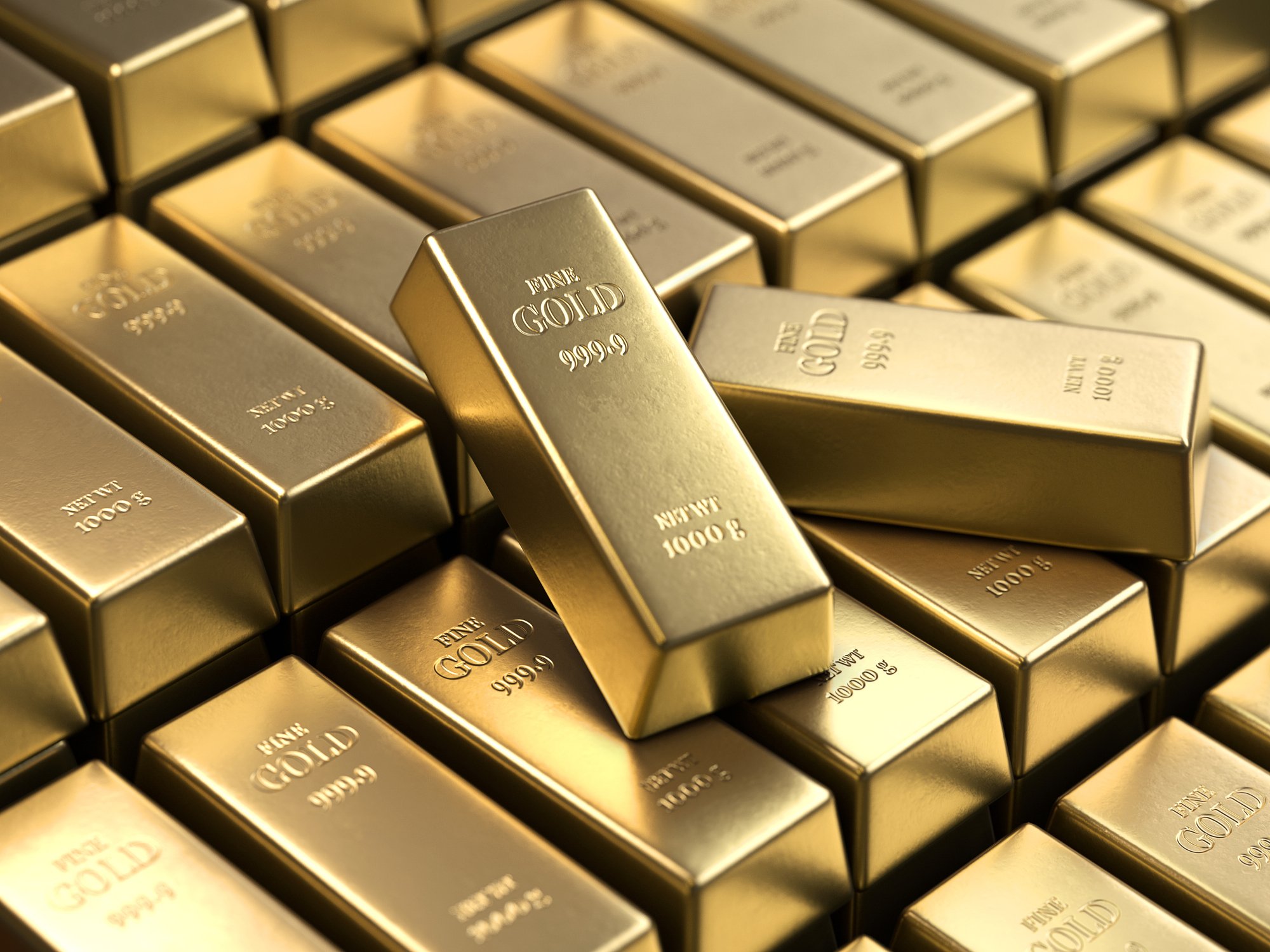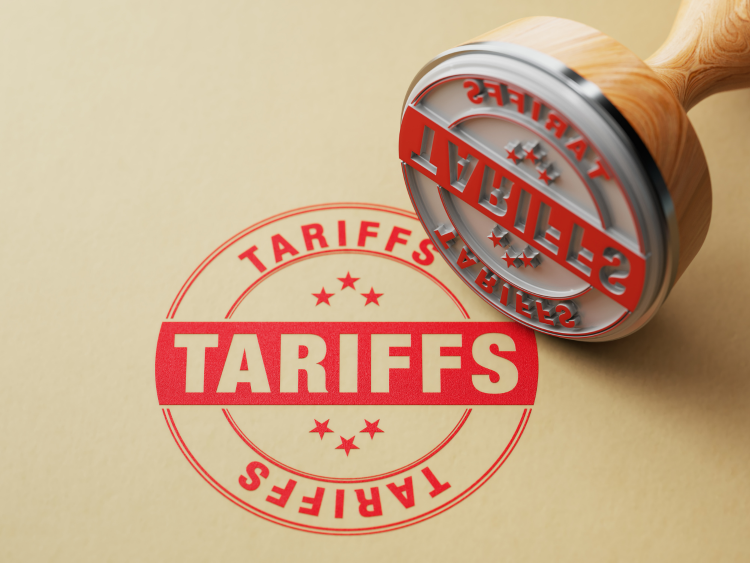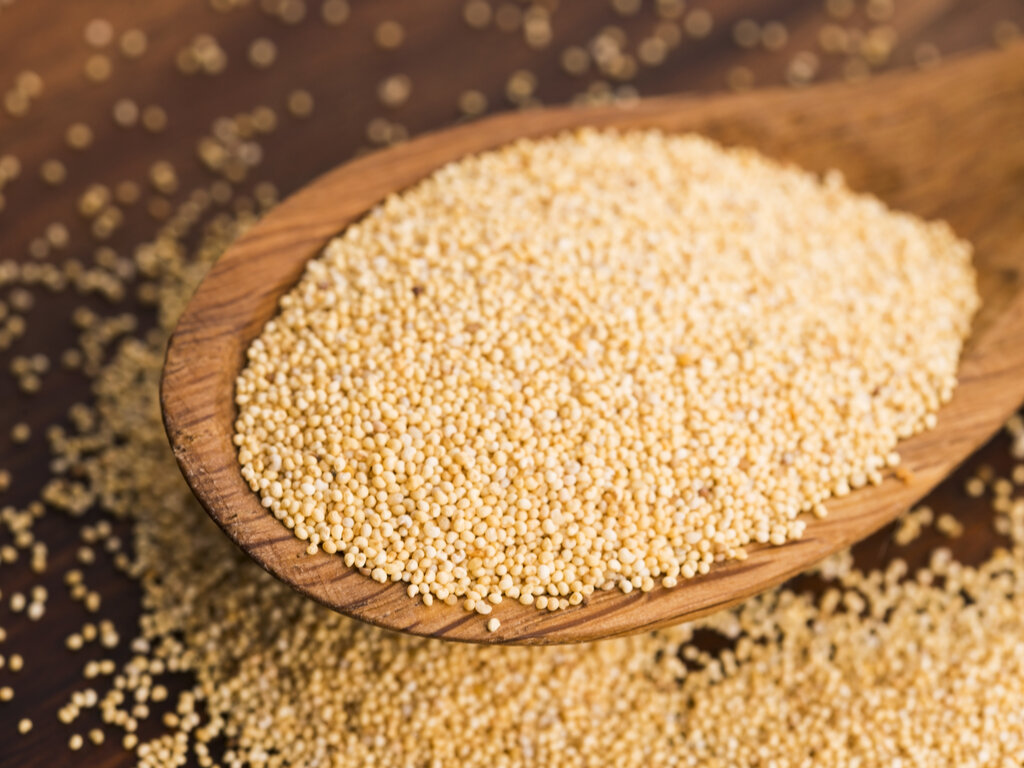
Gold has reached unprecedented valuation levels in 2025, crossing $3,175 per ounce globally and nearing ₹94,000 per 10 grams in India—a 23% increase year-to-date. This surge is emblematic of a broader strategic response to a volatile global economic and geopolitical environment. As trade tensions escalate, central banks pivot towards accommodative policies, and inflationary pressures mount, gold has reemerged as a key asset class for both institutional investors and sovereign reserves.
This expanded report explores the macroeconomic catalysts behind gold's ascent, analyzes its evolving role in diversified portfolios, and outlines scenarios for future movement. It concludes with strategic recommendations for asset managers, corporate treasuries, and public policy actors seeking to navigate an increasingly complex investment landscape.
The Multi-Dimensional Drivers Behind Gold’s Rally
1. Escalating Geopolitical Risk
At the core of gold’s momentum lies a resurgence in geopolitical instability. The imposition of punitive tariffs by the United States—up to 145% on certain Chinese goods—has reignited fears of a deglobalization trend. Trade tensions, technological decoupling, and currency weaponization have converged to create systemic uncertainty, prompting a reassessment of global capital flows.
Strategic Insight: Gold is being utilized not only as a hedge against volatility but as a geopolitical hedge. Sovereign actors and long-term investors are reallocating toward assets that transcend national jurisdiction and political risk.
2. Weakening Global Growth Outlook
Key economic indicators in major economies are signaling deceleration. China’s PMI remains below expansion thresholds, Germany has narrowly avoided recession, and the U.S. economy is showing signs of late-cycle fatigue.
Investor Response: As growth projections are revised downward, investors are de-risking their portfolios. Gold, with its non-correlation to equity markets, is becoming a preferred store of capital amid diminishing returns from traditional asset classes.
3. Dovish Shift in Monetary Policy
The global monetary environment is pivoting. With inflation remaining elevated yet growth stagnating, central banks—including the U.S. Federal Reserve, ECB, and Reserve Bank of India—are signaling a readiness to ease rates or maintain accommodative stances.
Economic Mechanism: Lower interest rates decrease the opportunity cost of holding gold, a non-yielding asset, while increasing its relative attractiveness compared to fixed-income securities.
4. Inflationary Concerns and Currency Depreciation
Persistently high inflation—driven by energy shocks, wage pressures, and supply-side disruptions—continues to erode the purchasing power of fiat currencies. Simultaneously, the U.S. dollar index has shown weakness in response to domestic fiscal pressures and softening yields.
Implication: Gold functions as both an inflation hedge and a currency-neutral asset, providing protection against both purchasing power erosion and exchange rate volatility.
5. Central Bank Gold Accumulation
According to the World Gold Council, central banks have added over 1,100 tonnes of gold to reserves in the past 12 months—marking one of the largest annual increases in recent history. The buying trend is particularly prominent in countries seeking to diversify away from dollar-dominated reserves.
Strategic Objective: This shift reflects a growing intention to establish monetary autonomy, mitigate geopolitical exposure, and build sovereign resilience.
The Strategic Role of Gold in Institutional Portfolios
Gold's utility extends beyond crisis hedging. It plays multiple strategic roles:
Portfolio Diversifier: With a low correlation to equities and bonds, gold provides balance during market drawdowns.
Liquidity Proxy: In times of market dislocation, gold maintains high liquidity, unlike certain credit or real estate instruments.
Monetary Anchor: In an era of fiat devaluation, gold is increasingly viewed as a de facto store of monetary credibility.
Case in Point: ETF Flows Surge
Gold-backed ETFs have seen net inflows of over $25 billion globally in Q1 2025 alone. These flows represent both tactical positioning by hedge funds and strategic allocation shifts by pension funds and sovereign wealth managers.
Market Outlook and Scenario Analysis
While current fundamentals support sustained demand for gold, future price trajectories will be contingent on the following variables:
Base Case (Neutral Scenario):
Moderate rate cuts, persistent inflation, and controlled geopolitical tensions keep gold within a $3,100–$3,300 range over the next 6–12 months.
Bullish Case:
Sharp monetary easing, prolonged global instability, or a severe market correction could push gold beyond $3,400, with central bank demand acting as a price floor.
Bearish Case:
Resolution of trade tensions, stronger-than-expected economic data, and rising real interest rates could initiate a pullback toward $2,950–$3,050, triggering profit-taking among speculative holders.
Strategic Implications for Stakeholders
For Asset Managers:
Action: Reassess tactical allocation toward commodities and consider increasing gold exposure in multi-asset funds.
Risk: Watch for rising volatility linked to interest rate surprises or coordinated FX interventions.
For Corporates and Treasuries:
Action: Leverage gold-linked instruments (e.g., structured notes, hedging products) to manage macro risk on balance sheets.
Risk: Overexposure could reduce yield performance if rate normalization resumes.
For Policymakers and Central Banks:
Action: Continue diversifying reserve portfolios, particularly in emerging markets vulnerable to dollar swings.
Risk: Geopolitical use of gold may trigger asset politicization or capital controls.
Gold as a Long-Term Strategic Asset
Gold's resurgence in 2025 is not a speculative anomaly but a reflection of deeper structural shifts in the global economy. It is a reaffirmation of gold’s role as an enduring pillar of risk management and sovereign strategy in a world marked by fragmentation, volatility, and policy unpredictability.
Investors, governments, and institutions must move beyond reactive positioning and integrate gold as a proactive tool in long-term strategy—one that aligns with the emerging era of multipolar finance and deglobalized risk.
Trending Posts

Global Silver Nanoparticles Market
The global silver nanoparticles market was valued at $2.08 billion in 2020, and is projected to reach $4.1 billion by 2027, growing at a CAGR of ~17%

The Future of Artificial Intelligence
In recent years, the field of artificial intelligence (AI) has witnessed unprecedented growth and transformative advancements. As AI technologies

The Basic Pension Comes - Federal Cabinet Decides On the Pension Supplement
Financial security in old age is an issue that is causing stomach pains for more and more people in Germany. Low-wage earners fear the elderly. The ba

"LNG Bunkering" Here is something you must know!
In the current scenario of growing pollution, companies are trying to adapt more and more sustainable approach that not only gives eco-friendly result

Sailing into the future with Autonomous Ships
Autonomous Vehicles (AVs) are the uproar of this era. After airways, thanks to the companies like Tesla, that people are now getting used to see drive

Rising Demand For Uninterrupted Power Supply Is Expected To Drive The Power Rental Market
Todays world is totally reliant on electric power. There are many things which are not manageable without electricity. Power rental is a concept where

Rapidly growing IT industry coupled with the trend of bringing your own device (BYOD) is expected to provide new opportunities for growth of Cloud Collaboration
Cloud collaboration is the process of sharing and co-authoring the computer-based work through cloud technology

Fact check on UV Disinfection for COVID-19
Many regulatory authorities and bodies believe that UV disinfection technologies can play a role in a multiple barrier approach to reducing the transm

Vaccination: Vaccination Against Measles is Now Mandatory in Germany
The subject of compulsory vaccination has always heated peoples minds and caused emotionally charged discussions. The latest law in this area - the ob

The Global Ventilator Market Grows at a CAGR of 7.75 %
The Global Ventilator Market, which was at $688 million in the year 2016, is about to double by the year 2025, and reach a value of $1,347 million. Th
Recent Posts

Transforming Market Research: The Strategic Impact of Generative AI
In a data-driven economy, market research has become a mission-critical function for organizations seeking sustained growth.

The Escalating U.S.-China Trade War: Strategic Implications for the Global Economy in 2025
In 2025, the U.S.-China trade war has reached an inflection point, introducing heightened complexity and volatility into the global economic system.

Tariffs & Trade: Key Trends, Policies, and Market Impact
A tariff is a tax imposed by a government on imported or exported goods. It is primarily used to regulate international trade by either encouraging domestic production or generating revenue for the government.

The Global Buy Now Pay Later (BNPL) Market: Growth and Opportunities
The global Buy Now Pay Later (BNPL) market has emerged as a revolutionary financial solution, transforming how consumers approach shopping and payments. Offering flexibility and convenience, BNPL allows consumers to make purchases and pay.

Global Motorhome Market: Growth and Forecast
The motorhome market has gained significant momentum over the past decade, driven by rising interest in outdoor tourism, evolving consumer lifestyles, and advancements in vehicle design and technology. As a preferred option for travelers seeking.

The Global Poppy Seed Market: Growth and Trends
Poppy seeds, derived from the opium poppy plant (Papaver somniferum), have been a vital component in global culinary, pharmaceutical, and personal care industries for centuries. The global poppy seed market is gaining traction due to its versatility.

Global Plant Breeding and CRISPR Plants Market
The global food industry is facing immense pressure due to rising population levels, diminishing arable land, and the impact of climate change. Innovations in plant breeding, particularly the use of CRISPR technology, are reshaping the agricultural .

Global Pheromones Market – Trends, Opportunities, and Forecast
The global pheromones market has witnessed significant growth, primarily driven by the rising demand for eco-friendly pest control solutions in agriculture. Pheromones, natural chemicals emitted by insects and other organisms to communicate.

The Role of Technology in Oil and Gas Risk Management
In an industry as dynamic and complex as oil and gas, risk management is crucial for ensuring operational efficiency, regulatory compliance, and safety. Risk management software has become an indispensable tool for companies in this sector.

Global Smart Grid Sensors Market
The global energy landscape is undergoing a significant transformation, with smart grid technologies at the forefront. Smart grid sensors, a critical component of modern energy grids, enable efficient monitoring, energy distribution.
.png)